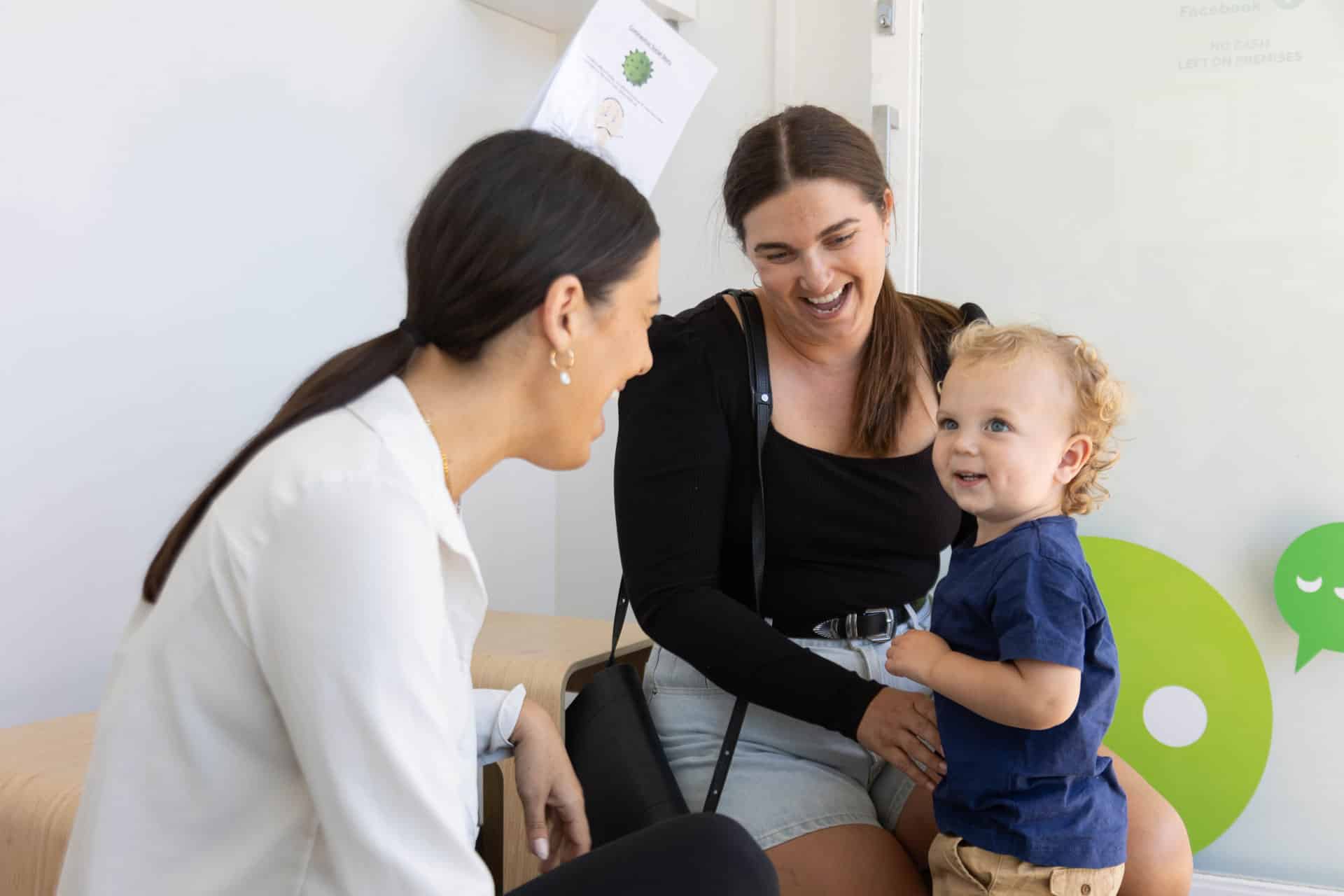An ‘Intervention’ or ‘Therapy’ Plan is the steps your Speech Pathologist will take to help your child achieve their communication goals. When developing an intervention plan, we should consider the WHAT, WHERE/WHO, and HOW. Let’s have a look at what each entails:
1. WHAT of intervention
Here, we are looking at the goals of intervention. These are goals informed through assessments and holistic information on the child that have been collected in the initial consultation session. Goals should ideally be formed in collaboration with family or caregivers.
2. WHERE/WHO of intervention
Next, we consider the intervention agents (i.e. people involved in intervention), intervention context (i.e. physical and social setting), as well as the service delivery models.
3. HOW of intervention
Lastly, we select the intervention approach and strategies used to achieve our goals.
Child-centred play is most commonly seen in Early Intervention where we follow the child’s lead and interests and respond in a facilitative manner. Clinician/therapist-directed approach, on the other hand, is very common among phonological interventions where the therapist is able to maximise opportunities for child to produce and practice the therapy targets. Hybrid approach is combination of child-centred and clinician/therapist-directed, where clinicians are able to maintain some control (e.g. choosing activities or materials) while still following the child’s lead and providing the opportunities for the child to make choices.
References
Bowen, C. (2014). Children’s Speech Sound Disorders. (2nd ed.). Hoboken: Wiley.
Bowman-Perrott, L., Davis, H., Vannest, K., Williams, L., Greenwood, C., & Parker, R. (2013). Academic Benefits of Peer Tutoring: A Meta-Analytic Review of Single-Case Research. School Psychology Review, 42, 39-55. doi: 10.1080/02796015.2013.12087490.
McLean, J. (1989). A language-communication intervention model. (2nd ed.). Columbus, OH: Merrill.
Paul, R., Norbury, C., & Gosse, C. (2017). Language Disorders from Infancy Through Adolescence – E-Book (5th ed.). Philadelphia: Mosby.
Ruggero, L., McCabe, P., Ballard, K., & Munro, N. (2012). Paediatric speech-language pathology service delivery: An exploratory survey of Australian parents. International journal of speech-language pathology, 14, 338-50. doi:10.3109/17549507.2011.650213.
Sackett, D. L., Straus, S. E., Richardson, W. S., Rosenberg, W. M. C., & Haynes, R. B. (2000). Evidence-based medicine: How to practice and teach EBM (2nd ed.). New York, NY: Churchill Livingstone.
Warren, S. F., Fey, M. E., Yoder, P.J. (2007). Differential treatment intensity research: a missing link to creating optimally effective communication interventions. Mental Retardation and Developmental Disabililities Research Reviews,13(1), 70–77. doi: 10.1002/mrdd.20139


